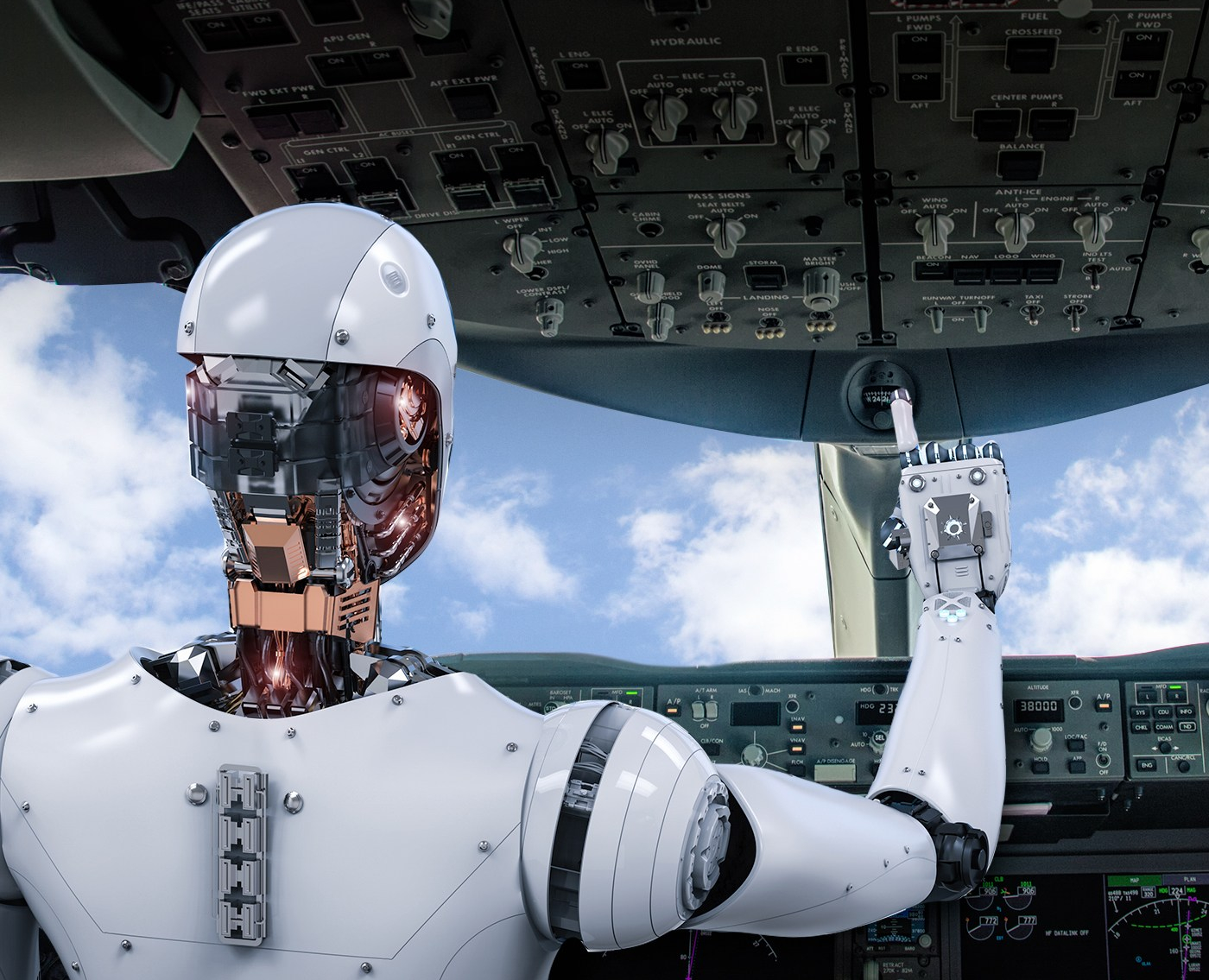Global Avionics Round-Up from Aircraft Value News (AVN)

In recent years, cockpit automation has transformed aviation, enhancing safety and efficiency. While reducing pilot workload and minimizing human error, automation has also introduced concerns regarding dependency and situational awareness.
As the aviation industry pushes toward increasingly autonomous cockpits, weighing the advantages and drawbacks of automation is essential. Are we entering a risky era of “robo-pilots”? Let’s take a closer look at the paradox of cockpit automation.
Pros of Cockpit Automation
Enhanced Safety: Automation enables precision in tasks like navigation, monitoring, and weather adjustments, reducing the likelihood of human error. For example, systems like Airbus’s A350 Autoland allow pilots to make precision landings in low visibility, essential in busy or adverse-weather airports.
Reduced Pilot Workload: Automated systems such as autopilot and auto-throttle on aircraft like the Boeing 787 relieve pilots during long-haul flights, allowing them to focus on higher-level decision-making. This shift supports fatigue management, a critical factor for long flights.
Improved Fuel Efficiency: Automation optimizes routes, altitude, and speed to minimize fuel consumption. Systems like Honeywell’s Flight Management System (FMS), used in the B777 and A320neo, analyze multiple data points to select fuel-efficient paths, which can result in significant cost savings.
Cons of Cockpit Automation
Loss of Manual Skills: With automation handling most in-flight tasks, some pilots may find themselves with fewer opportunities to practice hands-on skills, which could be crucial in emergency scenarios. Pilots accustomed to high levels of automation on A380s, for example, may lack the same level of manual skill as those flying older, less automated aircraft.
Reduced Situational Awareness: While automation handles routine tasks, it sometimes distances pilots from real-time decision-making, impacting situational awareness. This concern was highlighted by incidents involving the B737 MAX, where pilots struggled with automated systems they weren’t adequately prepared to override.
Over-Reliance on Technology: Excessive dependency on automation may compromise a crew’s ability to handle unexpected situations. Manufacturers like Airbus are countering this trend by incorporating greater manual intervention options in their latest A350 and A321XLR models, allowing pilots to reassert control when needed.
Future Innovations in Cockpit Automation
Advancements in artificial intelligence (AI), machine learning, and sensor technology are steering aviation toward more sophisticated automated cockpits. Autonomous takeoffs, landings, and even basic in-flight decision-making are being explored by companies like Boeing and Embraer.
The A350 is leading the charge in autonomous operations, serving as a testbed for innovations in digital flight decks. As these technologies progress, aviation will face a tipping point, challenging the balance between human expertise and machine intelligence.
This article also appears in our partner publication Aircraft Value News.
John Persinos is the editor-in-chief of Aircraft Value News. You can reach John at: jpersinos@accessintel.com